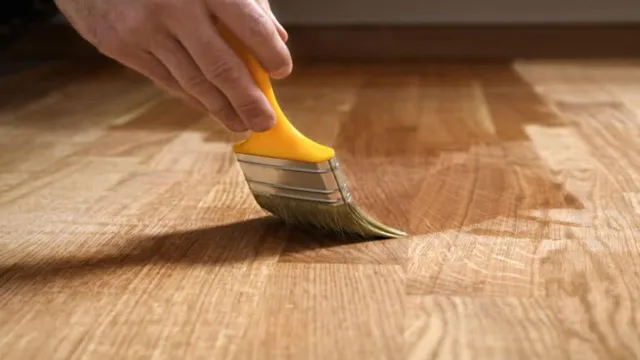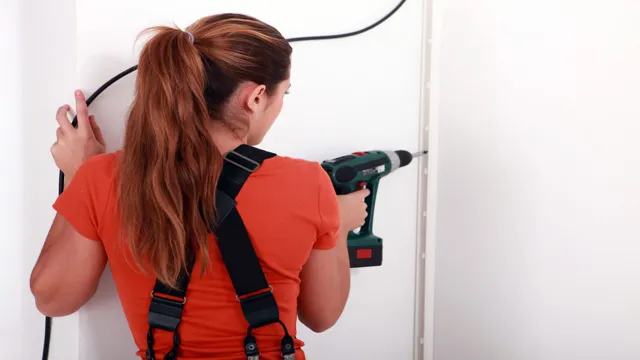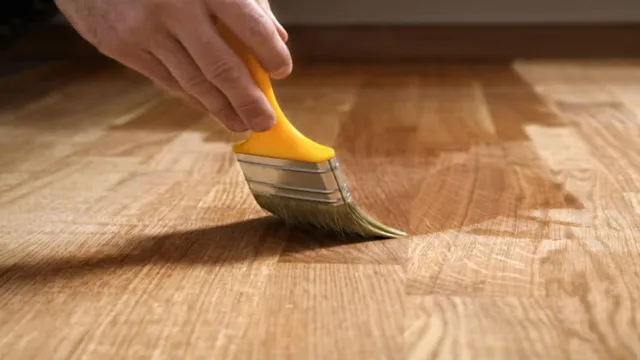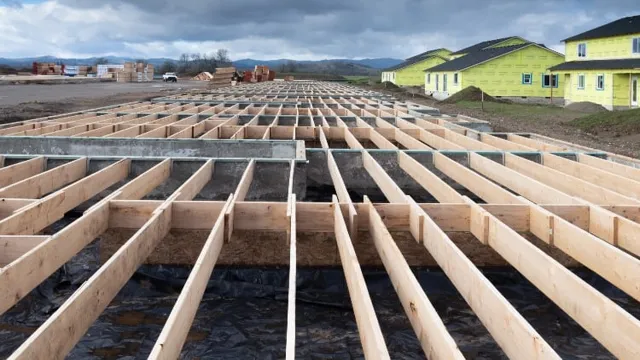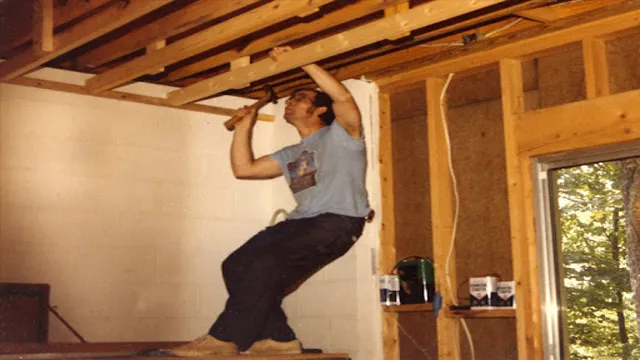How to Cut Baseboard on Wall Without Multi Tool: A Hassle-Free Guide
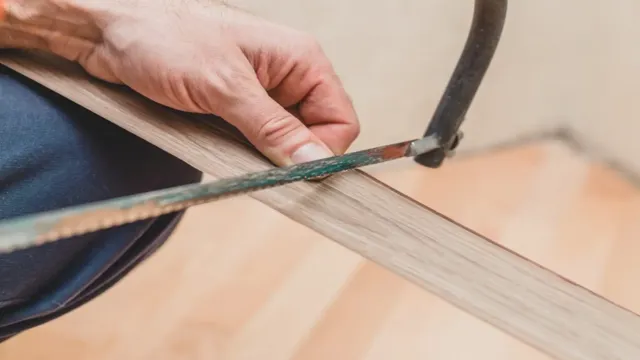
Cutting baseboards can be a daunting task, especially if you don’t have a multi-tool. However, there are several ways to get the job done without one. Whether you’re renovating your home or just trying to spruce up a room, cutting baseboards accurately can make all the difference.
In this article, we’ll explore some of the best, most efficient ways to cut baseboards without having to invest in a multi-tool. From using a handsaw to mastering the coping saw, we’ve got you covered. So, let’s dive in and explore everything you need to know about cutting baseboards.
Why Cutting Baseboards is Necessary
When it comes to installing baseboards in your home, cutting them to fit the correct length is an essential step. While there are a variety of tools that can help with this process, it is possible to cut baseboards without a multi-tool. However, it does require a little bit of extra effort and precision on your part.
One reason that cutting baseboards is necessary is that it ensures a seamless and professional-looking installation. If you simply try to attach the baseboards without cutting them to the correct length, you may end up with gaps or uneven edges that stand out and detract from the overall appearance of the room. Additionally, cutting the baseboards allows you to fit them snugly against the walls and floor, which can help prevent drafts and pests from entering your home.
So while it may take a little more time and effort to cut your baseboards, doing so will ultimately result in a more polished and effective finished product.
Preparation Tips Before Cutting Baseboards
Cutting baseboards may seem like a daunting task, but it is often necessary for achieving a polished look in your room. Baseboards that are too long can be an eyesore, while uneven cuts can ruin the entire project. To prepare for cutting baseboards, start by measuring the length of the wall you will be working on and take note of any obstacles such as outlets or tricky corners.
Once you have the correct measurements, mark your baseboard using a pencil and a level to ensure a straight cut. It’s also important to invest in a high-quality saw and blade specifically designed for cutting baseboards. Remember to always wear protective gear and start with a small piece of wood to test your cutting skills before diving into a larger project.
With a little bit of preparation and practice, cutting baseboards will become a breeze and you’ll end up with a professional-looking finish that’s sure to impress.
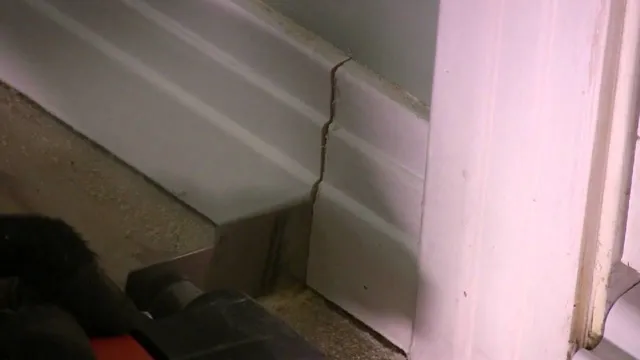
Tools Needed for Cutting Baseboards Without a Multi-Tool
Cutting baseboards can be a difficult task, especially if you do not have the right tools for the job. While a multi-tool can make the process easier, there are other tools that can be used to cut baseboards. Often, cutting baseboards is necessary when installing new flooring or making repairs.
If you want to do it yourself, it is important to have the right tools. Some of the tools that can be used for cutting baseboards include a handsaw, miter saw, jigsaw, and coping saw. Each tool has its own advantages and disadvantages, and choosing the right tool will depend on the type of cut you need to make and your skill level.
A coping saw, for example, is great for intricate cuts, while a miter saw is great for making accurate and straight cuts. It is important to choose the tool that is best suited for the job to ensure that your baseboards are cut accurately and cleanly. With the right tools and a little bit of practice, cutting baseboards can be a straightforward process.
Methods for Cutting Baseboards Without a Multi-Tool
Cutting baseboards is a necessary step in any home renovation or woodworking project. Whether you are installing new flooring or simply replacing old trim, you will need to cut your baseboards to the correct length and angle for a professional-looking finish. While a multi-tool can make this task easier, not everyone has access to one.
Luckily, there are other methods for cutting baseboards that don’t require specialized equipment. One option is to use a handsaw and miter box to create precise cuts. You can also use a circular saw or jigsaw, but be sure to use a guide to ensure straight and accurate cuts.
No matter which method you choose, be sure to measure twice and cut once to avoid mistakes and wasted material.
Using a Hand Saw to cut Baseboards
Cutting baseboards to fit a wall can be a tricky task, and if you don’t have a multi tool on hand, a handsaw is a great alternative. To start, measure the length of the baseboard you need to cut and mark it with a pencil. Then, place the baseboard on a flat surface and use a speed square to mark the cut line.
Next, clamp the baseboard in place on a workbench or sawhorse to keep it steady while you saw. Use a hand saw to cut along the line you marked, being careful to keep the saw level to ensure a straight cut. Once you’ve cut the baseboard to size, use sandpaper or a sanding block to smooth out any rough edges.
With a little patience and a steady hand, you can cut baseboards without a multi tool and achieve a professional-looking finish.
Step-by-Step Guide for Cutting Baseboards Using a Hand Saw
Cutting baseboards using a hand saw can be a simple process with the right tools and technique. To begin, gather your supplies, including a hand saw, measuring tape, and pencil. Then, measure the length of the baseboard and mark the cutting line with a pencil.
Next, clamp the baseboard to a work surface for stability and safety. Holding the saw with both hands, use a smooth back-and-forth motion along the cutting line, making sure to stay on track and avoid cutting beyond the mark. As you cut, periodically check the progress and adjust as needed.
Once the cut is complete, remove the clamps and sand any rough edges for a clean finish. With these easy-to-follow steps, cutting baseboards with a hand saw can be a breeze.
Using a Circular Saw to cut Baseboards
If you want to cut baseboards on a wall without a multi tool, you might think it’s impossible. But fear not, there is a solution: using a circular saw. Circular saws are great for cutting straight lines quickly and accurately.
First, make sure you have the right blade for cutting baseboards; a fine-toothed blade is ideal. Then, measure the length you need and mark it on the baseboard. Next, clamp the baseboard to the wall to ensure it’s secure.
Adjust the depth of your circular saw to match the thickness of the baseboard, being careful not to go too deep and damage the drywall behind it. Finally, turn on the saw and carefully cut along the marked line, keeping both hands on the saw and avoiding any knots or nails. With a little practice, cutting baseboards with a circular saw can be a simple and efficient solution.
Step-by-Step Guide for Cutting Baseboards Using a Circular Saw
Cutting baseboards using a circular saw can be intimidating for beginners, but with the right tools and technique, it can be a breeze. Firstly, ensure that you have the correct blade for the job – one with saw teeth pointing downwards towards the base of the saw. Set the blade’s depth so that it extends just beyond the thickness of the baseboard.
Next, place the baseboard face-down on sawhorses or a workbench with the cut line facing upwards. Use a speed square to mark the cut line and make sure it follows the baseboard’s contour. When cutting, apply downward pressure and keep the saw moving forward until you reach the end of the baseboard.
Remember to keep your fingers a safe distance using a push stick or clamps to secure the board in place. With these simple steps, you can cut baseboards easily and safely using a circular saw.
Tips for a Clean and Precise Cut
Cutting baseboard on a wall can be challenging, especially if you don’t have a multi-tool. However, there are some tips you can use to achieve a clean and precise cut. First, mark the baseboard where you want to cut it using a pencil or masking tape.
Next, use a handsaw or a jigsaw to make the cut. A handsaw can give you a straighter cut, but a jigsaw will allow you to cut curves and angles more easily. Use clamps to hold the baseboard in place while you’re cutting it to prevent it from moving.
Additionally, it’s essential to wear safety glasses and a mask to prevent dust and debris from getting into your eyes and lungs. Finally, sand the cut edge of the baseboard with sandpaper to give it a smooth finish. By following these tips, you can cut baseboard on a wall without a multi-tool and achieve a clean and precise cut.
Final Thoughts and Recommendations
When it comes to achieving a clean and precise cut, there are a few tips that can make the process much easier. First and foremost, it’s crucial to have sharp tools. Dull blades and scissors will not make clean cuts and can even damage the material you’re working with.
Additionally, take your time when cutting, making sure that your movements are smooth and deliberate. Rushing can lead to mistakes and uneven cuts. It’s also beneficial to have a steady surface to work on, such as a cutting mat or table.
This will ensure that your material doesn’t move around while you’re cutting, making it easier to achieve a clean edge. Finally, practice makes perfect. Don’t get frustrated if your cuts aren’t perfect at first.
With each attempt, you’ll improve your technique and develop your skills. By following these tips and taking your time, you’ll be able to achieve precise cuts every time.
Conclusion
In the end, cutting baseboards without a multi tool can be done with a little creativity and resourcefulness. Whether using a handsaw and some elbow grease or employing the trusty cardboard template method, there are plenty of options for getting the job done. So next time you’re facing a baseboard cutting conundrum, channel your inner MacGyver and remember that where there’s a saw, there’s a way!”
FAQs
What are the alternatives to using a multi tool for cutting baseboard on a wall?
You can use a hand saw, a jigsaw, or a coping saw to cut baseboard without a multi tool.
Can I use a circular saw to cut baseboard on the wall?
While a circular saw can be used to cut baseboard on the wall, it is not recommended as it can be difficult to control and may cause damage to the wall.
How do I measure the baseboard to ensure accurate cutting?
Use a tape measure to measure the length of the wall where the baseboard will be installed. Then, measure the length of the baseboard and mark it for cutting accordingly.
What safety precautions should I take when cutting baseboard without a multi tool?
Always wear safety glasses and gloves to protect your eyes and hands while cutting baseboard. Also, make sure to secure the baseboard properly before cutting it.
Can I use a hand-held circular saw instead of a multi tool to cut baseboard on the wall?
Yes, a hand-held circular saw can be used to cut baseboard on the wall, but make sure to use a fine-toothed blade and adjust the depth of the saw blade to avoid cutting into the wall.
Is it necessary to sand the baseboard after cutting it?
Yes, it is recommended to sand the cut edge of the baseboard to remove any splinters or rough edges.
How can I ensure a clean and straight cut when cutting baseboard without a multi tool?
Take your time and use a straight edge as a guide when cutting the baseboard. Make sure to make slow and steady cuts to avoid any errors or mistakes.

